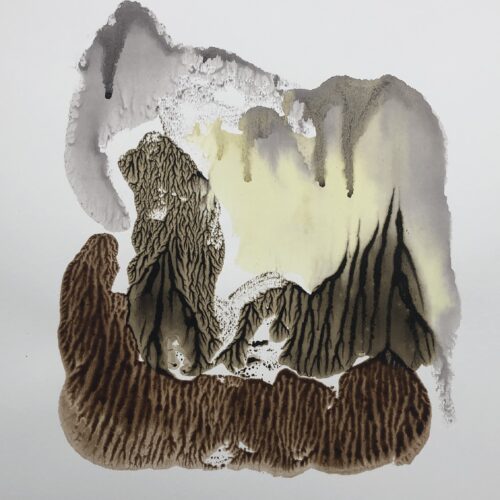
Creative writing- dealing with shifts in time. Part 2.
So, to answer the question of how we make it clear that we have moved a story to a new part of the time frame. If we have decided to have a linear design to a story, then presumably we have a strong controlling principle for the story that comprises its thread. For instance- the events that happened to one character. In that case our new scenes, wherever they are in the time frame, logically follow the last, and the use of a protagonist’s Point Of View will help the reader to know where we now are once the story resumes. In this example I would use the character’s Point Of View- revealing their thoughts by using italics (or inserting their thoughts and adding tags like ‘he thought’) to make it clear where we now are in the time frame. Visual cues- like the changing of seasons, or the altered appearance of a character as they catch themselves in a mirror, can make the shifts in time apparent, in a linear story. Or dialogue can literally reveal the changes in time that there have been with a character saying ‘it’s three months since I last saw you’, or something similar. And more subtle!
If we are writing within a ‘time frame of a few hours’ and the risk is that the ‘writing can become very disjointed’ I would make it easy for the reader, by making it known the the protagonist is wearing something distinct, or at that point in the drama have something distinct about their appearance. Then root us in that fact at the very start of the next scene to make it clear where we are, time wise. The consistency of weather and even mood and tone can signal that we are in the same time frame of a few hours.
In a modular design I think more of the impetuous is on the reader to keep track of where we are, either in one account, or in multiple accounts if we change characters. Time and time again I have been amazed at how sharp reader’s are at finding inconsistencies in the timeline! Consistency in the telling of the events between characters can help the reader clearly demarcate time. Or different accounts on events between character’s whose Point Of View we’re following can demand the reader conceptually hold those events in their minds. In a modular story, jumps across the time frame are presumably happening for a reason- to flesh out one character through a new perspective, or to offer contrasting accounts, perhaps in a cat and mouse style story. This demands that the reader conceptually organise what is going on. The way to use time in a modular story will be apparent depending on why you have chosen the modular form!
Image: Photo by Andrey Grushnikov from Pexels
|
|







Interesting. I’m just reading Kamila Shamsie’s Home Fire which tells the story of Antigone in terms of Muslim sisters in 21st century London dealing with the twin brother of the Antigone figure joining ISIS. In order to cover what is happening to each character, there are jumps back and forth in time where the same period of time is being covered in different chapters to give the experiences of each sibling.